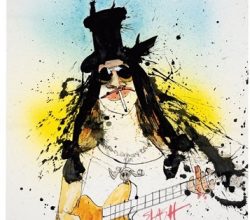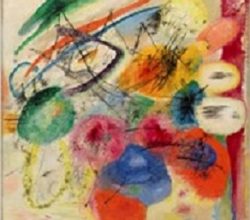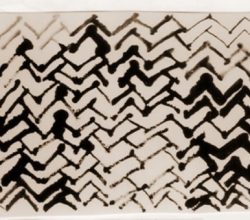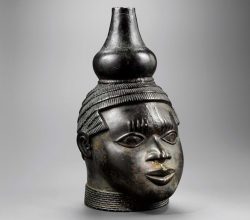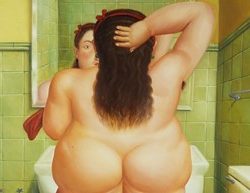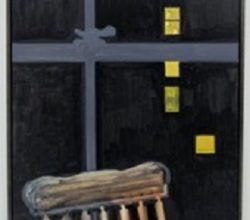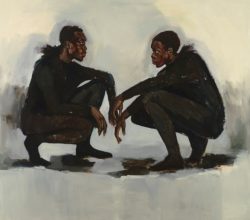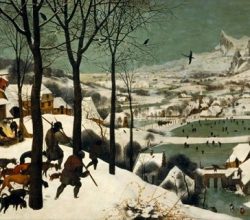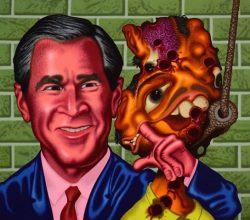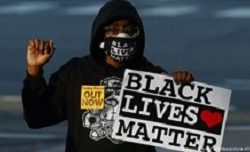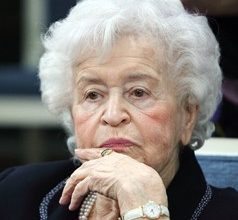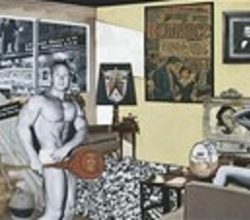
Thoroughly Modern Richie: A Hamilton Re(tro)spective At Pallant House, Chichester
John Quin | The Quietus | 12th December 2020
Eight years before Warhol’s first show, Hamilton produced a collage that he described as “Pop Art … popular, transient, low-cost, mass-produced, glamorous, and Big Business.” Fascinated by consumer goods and with an innate understanding of glamour, Hamilton anticipated much of the cultural impact of mass media and technology. A clearly star-struck reviewer comments “his study of the modern recalls the past and illuminates the future.”

